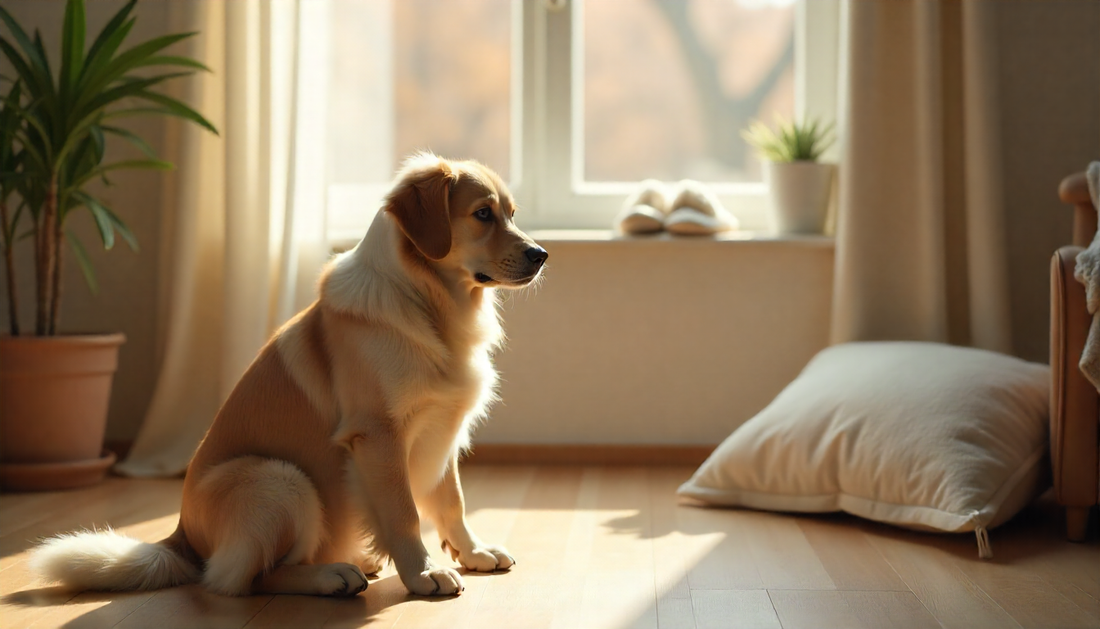
SEPARATION ANXIETY IN PETS
Share
Understanding Signs And Solutions
What is Separation Anxiety?
Separation anxiety in pets is a distress response exhibited when they are left alone or separated from their owners. It's more than just missing you; it's a genuine panic response. While often associated with dogs, cats and other pets can also experience separation anxiety.
Recognizing the Signs:
Common Signs:
- Excessive barking or howling
- Destructive behaviour (chewing, scratching)
- Inappropriate elimination (urination or defection)
- Pacing or restlessness
- Escape attempts
- Excessive salivation or panting
- Vomiting or diarrhea
It's important to differentiate between separation anxiety and normal pet behavior. For example, a puppy might have accidents indoors simply because they aren't fully house-trained, or a bored dog might chew on furniture. Separation anxiety involves a significant level of distress and often occurs only when the pet is left alone. Pay close attention to the context in which these behaviors occur.
Effective Solutions and Management Strategies:
Addressing separation anxiety requires patience and a multi-faceted approach. Here are some strategies that can help:
Counter- Conditioning :
Associate your departures with something positive. Give your pet a special treat or toy only when you leave. This helps them create a positive association with your absence.
Desensitization : Gradually acclimate your pet to being alone. Start with very short absences (a few seconds) and gradually increase the duration. The goal is to teach them that you will always return.
Environmental enrichment : Provide plenty of stimulating toys, puzzle feeders, and opportunities for exercise to keep your pet entertained and reduce boredom while you're away. A tired pet is often a calmer pet.
Medication : In some cases, medication prescribed by a veterinarian may be necessary to manage severe anxiety. This is often used in conjunction with behavioral modification techniques.
Professional help : A certified professional dog trainer or veterinary behaviorist can provide tailored guidance and support in addressing your pet's specific needs. Don't hesitate to seek professional help if you're struggling.
Important Considerations :
- Avoid punishment: Punishing your pet for anxiety-related behaviors will only worsen the problem. They are already distressed, and punishment will increase their fear and anxiety.
- Be patient: It takes time and consistency to address separation anxiety. Don't get discouraged if you don't see results immediately.
- Routine is key: Establish a consistent daily routine for feeding, walks, and playtime. This can help your pet feel more secure.
- Don’t make a fuss: Avoid dramatic greetings and departures. Stay calm and neutral to minimize your pet's anxiety.
-
Consider a pet sitter or dog walker: If your pet struggles with being alone for extended periods, consider hiring a pet sitter or dog walker to provide companionship and exercise during the day.
Summary :
Separation anxiety is a challenging but manageable condition. By recognizing the signs, implementing effective strategies, and seeking professional help when needed, you can significantly improve your pet's well-being and strengthen your bond.
